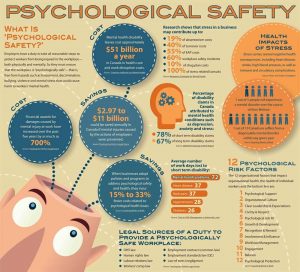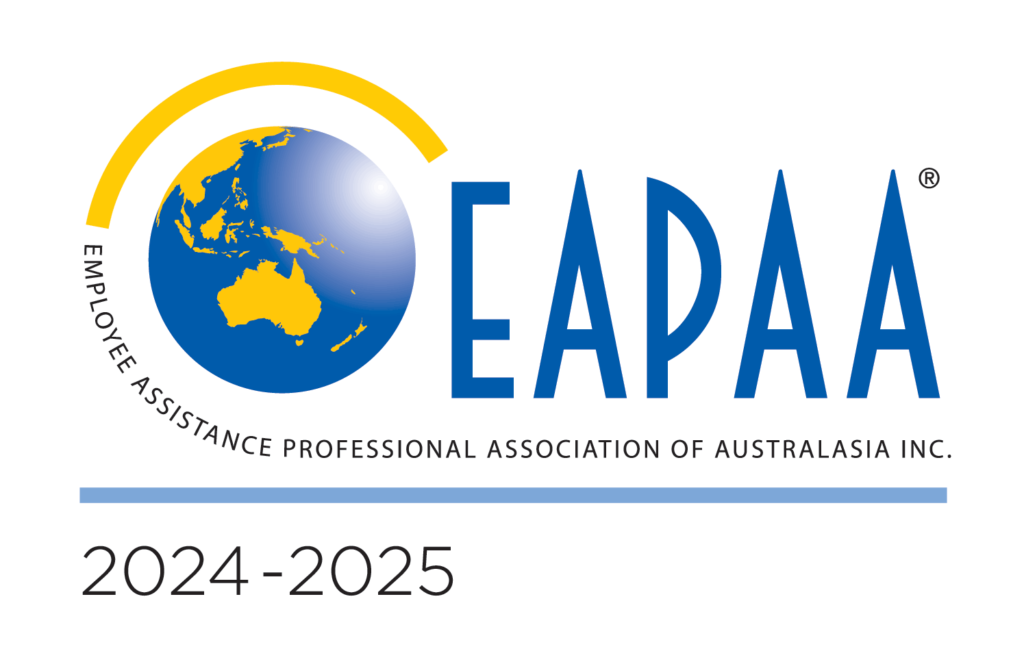ByJoe Busuttil
I like working in a diverse workplace. The life experiences and opinions of other people allows me to see the world in new and interesting ways and that makes me a better person. I have never met someone, learned about them, and then wished I hadn’t met them. Sometimes I’ll disagree with them but I still think their experiences and opinions make my understanding of the world more robust.

WHAT IS DIVERSITY?
Most organisations picture diversity in very limited terms but diversity has to do with more than race or ethnicity. Diverse workplaces are composed of employees with varying characteristics including religious and political beliefs, gender, ethnicity, education, socioeconomic background, sexual orientation, introvert and extrovert, and geographic location. There is another kind of workplace diversity that’s more difficult to see, but that is every bit as important: cognitive diversity. This involves having people on a team and across an organisation who think and process information differently. It’s common and natural to connect and build rapport with people who are similar to our own personality type. But, “hire in your own image” is an unwise practice: If everyone sees a situation from the same perspective, it’s easy to get blindsided by something that would have been obvious to someone with a different outlook.
The essence of diversity should be to picture the uniqueness of every individual. Only by accepting this distinctiveness in others, will people want to help the team as a whole to succeed.
WHAT IS THE VALUE OF DIVERSITY?
To obtain that competitive edge, you need to grow your work-force from groups of individuals into teams that use the full potential of every individual and work towards a common goal or vision.

A McKinsey study, for example, found that companies whose executive boards contained more women and foreign nationals had higher return on investment, lower debt to equity ratios, and higher average net income growth. Researchers from MIT discovered that ethnically diverse teams make better decisions. It’s evident that diversity is a strategic tool that drives performance and results.
There is evidence that creating a diverse workplace can:
- contribute to increased retention and productivity,
- contribute to an organisation’s responsiveness to an increasingly diverse world of customers,
- improve relations with the surrounding community,
- increase the organisation’s ability to cope with change,
- expand the creativity of the organisation overall
- bring a broader range of knowledge and experience, therefore, positively impacting performance
- help build teams that create synergy — you get more for your efforts.
Organisations need an extremely diverse group of people on each and every team. An organisation needs controllers, thinkers, dreamers, doers, organisers, team builders, etc. to reach the goals that make an organisation the best. For example, having a group of team builders will get you nowhere, as everyone will be out trying to create a team. Likewise, having a group of doers will get you nowhere as everyone will be trying to accomplish something without a clear goal or vision to guide them.
HOW DO YOU GET DIVERSITY?
Embracing diversity is more than tolerating people who are different. Companies need to develop an atmosphere where all employees feel safe to ask for help and seek information. When weaknesses are joined with strength, we build great teams and goals are accomplished. Companies should include everyone on the problem solving and decision-making process.
Being aware of different cultural practices and special needs of employees and valuing individual skills that employees bring, including language skills and international experience that may help to broaden your market and business connections.
Teams must create space for people to share their different perspectives. This allows for the cognitive diversity that already exists on the team to flourish. For this to happen, companies should create an environment of “psychological safety,” a term coined by Harvard Business School professor Amy Edmondson, who defines the term as “a shared belief that the team is safe for interpersonal risk taking.” Things that may help cultivate psychological safety include role clarity, peer support, interdependence, learning orientation and positive leader relations.
When your team or company has a culture of psychological safety, you create an environment where people are free to express new ideas in an authentic manner rather than being concerned with conforming to the status quo. The benefits if psychological safety include improved information sharing, satisfaction, engagement and performance

Cognitive diversity and innovation can thrive where there is psychological safety. This is not to say that cognitive diversity should de-emphasise the importance of other forms of diversity. However, even when you’ve checked all the right boxes for diversity, you may accidentally end up with a room of people who all think the same way and that’s not good.
Cultivating this subtler form of diversity will result in more innovative ideas that lead to better results and performance.
Joe Busuttil is a Nationally Accredited Counsellor, Clinical Hypnotherapist and Life coach located in Melbourne, Australia.

